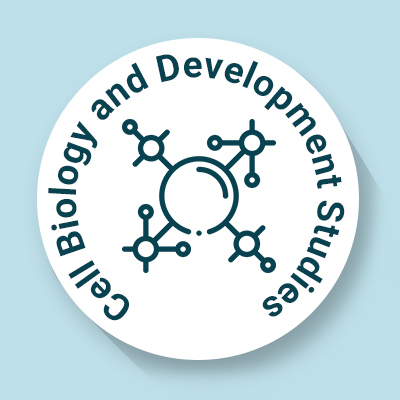
Cell Biology and Development Studies
OPEN ACCESS

OPEN ACCESS
Red blood cells (RBCs), or erythrocytes, are cellular elements in blood that impart its distinctive color and are essential for delivering oxygen to the body’s tissues. Red blood cells, also known as erythrocytes in scientific and medical contexts, are called red cells, erythroid cells, and rarely, haematids. They are the predominant blood cell type and serve as the main method for vertebrates to transport oxygen (O2) to body tissues through the circulatory system. Erythrocytes absorb oxygen in the lungs or, in fish, the gills, and discharge it into tissues as they navigate through the body’s capillaries. The cytoplasm of a red blood cell is abundant in haemoglobin, an iron-containing molecule that associates with oxygen and is responsible for the cells and blood’s red hue. Every human's blood has around 270 million haemoglobin molecules. The cell membrane consists of proteins and lipids, and this arrangement offers characteristics crucial for normal cellular function, including flexibility and stability, as the blood cell moves through the circulatory system, particularly within the capillary network. Red blood cells form in the soft tissue of your bones (bone marrow) and enter your bloodstream once they are fully mature, which takes approximately seven days. Red blood cells acquire their vivid red hue from protein tissues throughout your body. Red blood cells are tiny and have the form of a flattened disk or doughnut, which is circular with a central indentation.